Fostering a Culture of Safety
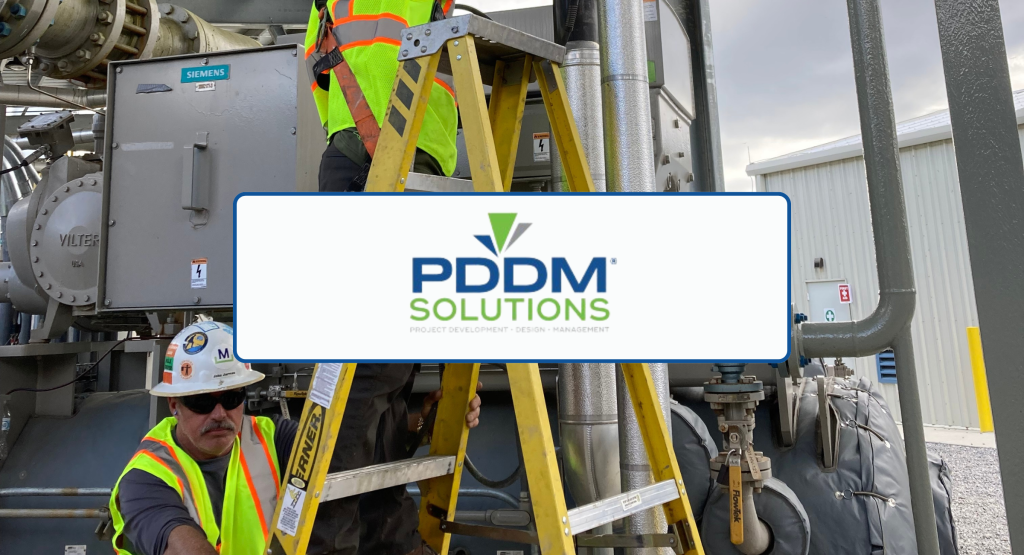
Written by PDDM Solutions
The American Biogas Council expects continued growth in the biogas industry, with over 100 new projects already projected to be operational in 2024. This growth highlights the need for increased attention to safety. To minimize incidents and prioritize safety, it is crucial that all stakeholders foster a culture of safety to ensure everyone returns home to their families. Our firm is experienced in managing biogas to RNG projects of various sizes and complexity. Projects of certain scale have warranted a full-time safety presence, while smaller scale projects may have been afforded less safety presence on-site, or none. Smaller scale projects can present the same, if not additional hazards. Too often there exists safety risks and incidents due to contractors being less qualified and lacking safety culture. Additionally, we have encountered firms not accustomed to wearing PPE and less familiar with industry safety and construction standards on many smaller scale projects. We are keenly aware that every project is faced with constraints based upon economics, project scope, and other factors; however, the safety of every individual should never be considered or compromised by any stakeholder.
PDDM Solutions and their partners are strong advocates for safety and adhere to the following safety best practices:
- Leadership Commitment: Developing a safety culture starts with leadership commitment. Management should prioritize safety as a core value by setting clear safety goals, provide necessary resources, and promote safety incentives.
- Employee Training and Engagement: Comprehensive training programs, safety drills and refresher courses should be conducted to ensure that employees are up to date on safety protocols and practices.
- Risk Assessment and Hazards Identification: Conducting thorough risk assessments and identifying potential hazards is crucial as waste collection, anaerobic digestion and gas production require careful analysis to identify potential risks. Appropriate measures should be implemented to minimize the risks which may include engineering controls, PPE, or emergency protocols.
- Effective Communication: Communication is vital, regular safety meetings should be conducted to discuss safety concerns, share best practices, and address feedback. Allow employees to report any safety hazards or incidents without fear of reprisal. Safety communication should be ongoing and proactive, ensuring that everyone is aware of the latest safety updates.
- Continuous Improvement: Maintaining a safety culture requires continuous monitoring and improvement. Regular safety audits and inspections should be conducted to identify areas for improvement. Encourage employee feedback to refine safety procedures.
- Recognition and incentives: It is very important to recognize and reward employees and others for their commitment to safety as it is an effective way to reinforce a safety culture. PDDM Solutions has used celebratory luncheons or after work activities to reward safety achievements.
In conclusion, as the industry is significantly growing and projected to grow, developing a safety culture for all projects is crucial to protect workers, minimize accidents, and ensure the success of operations. By implementing these steps sites can foster a strong safety culture that prioritizes the well-being of employees and sustainability of the operations.
To learn more, read our Safety Magazine.
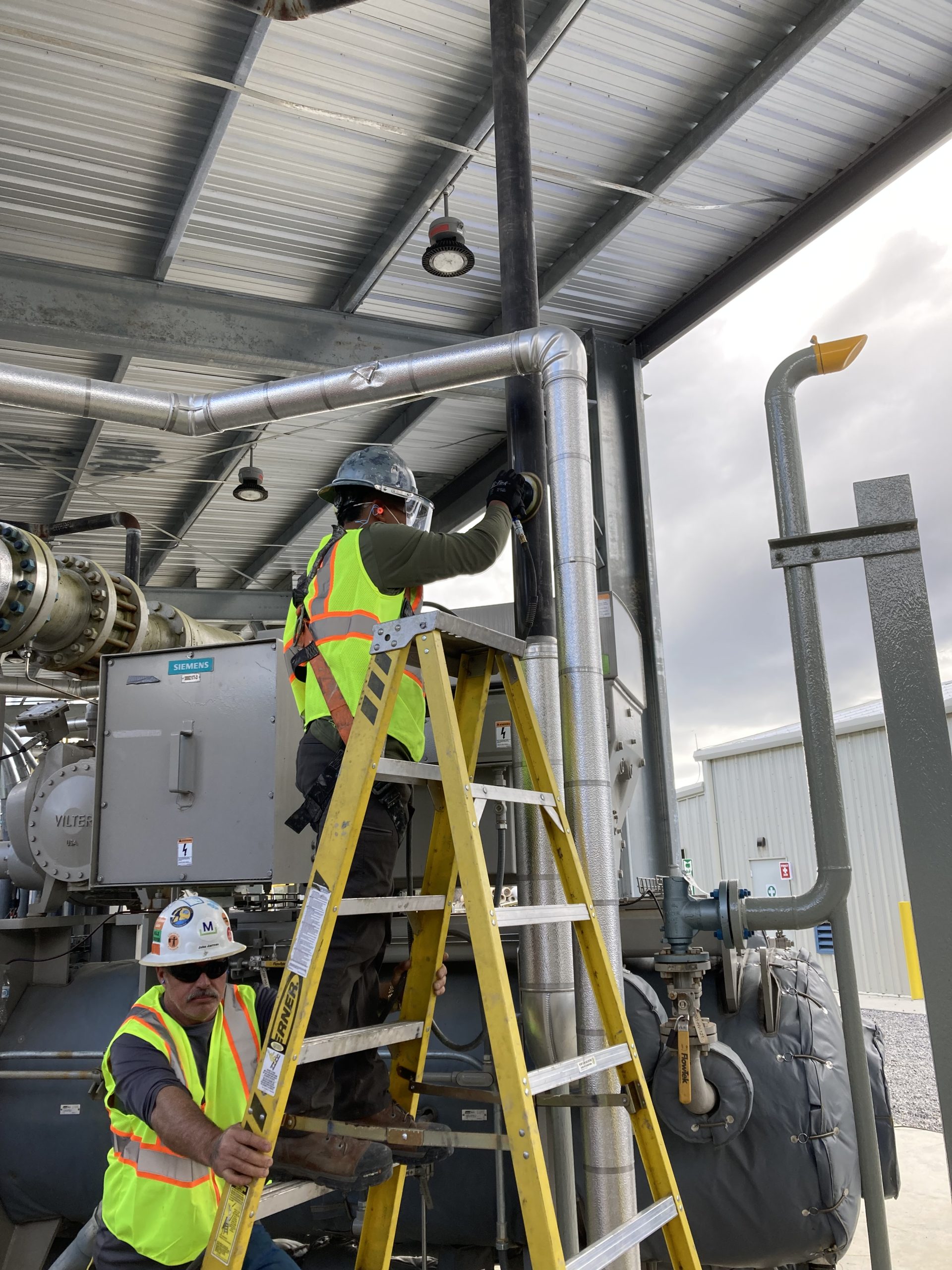

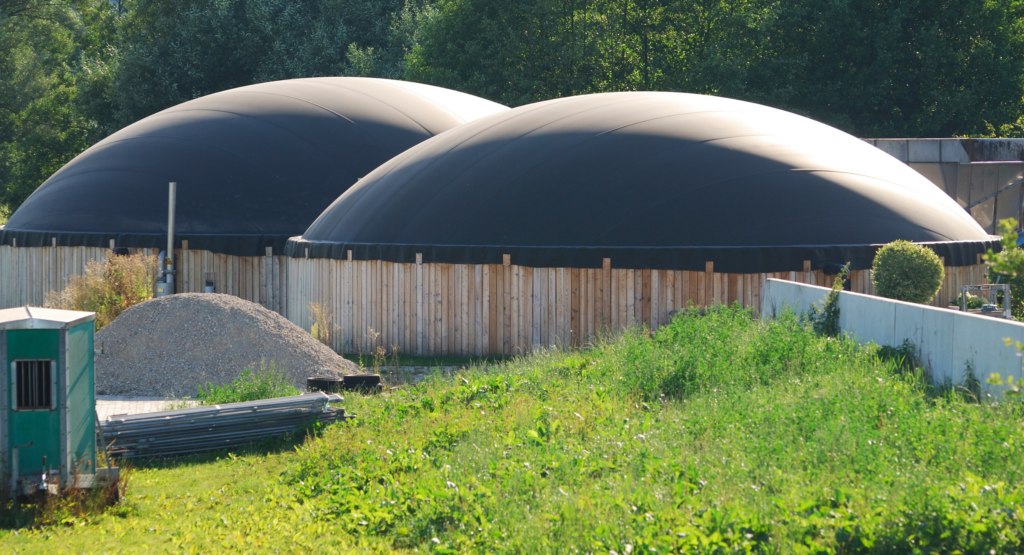
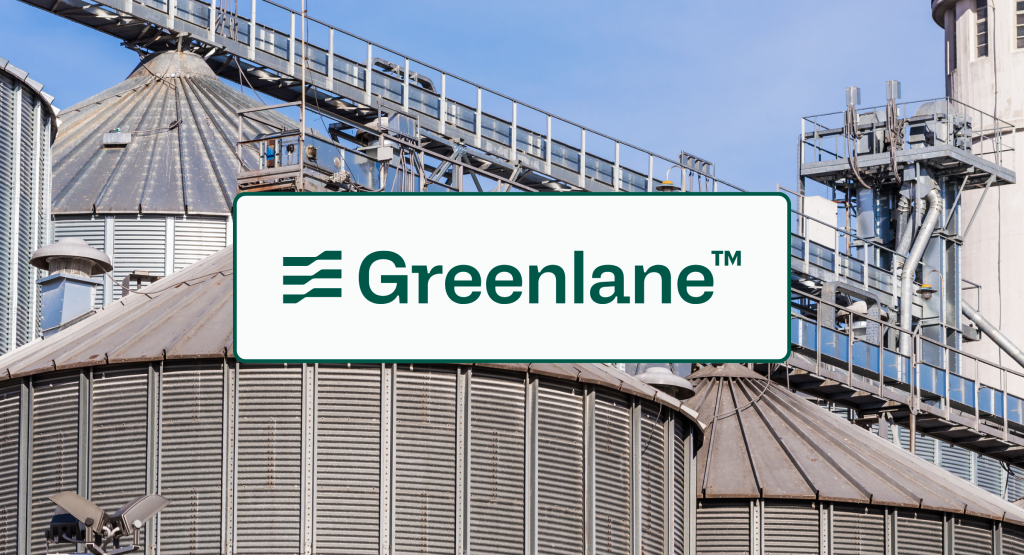
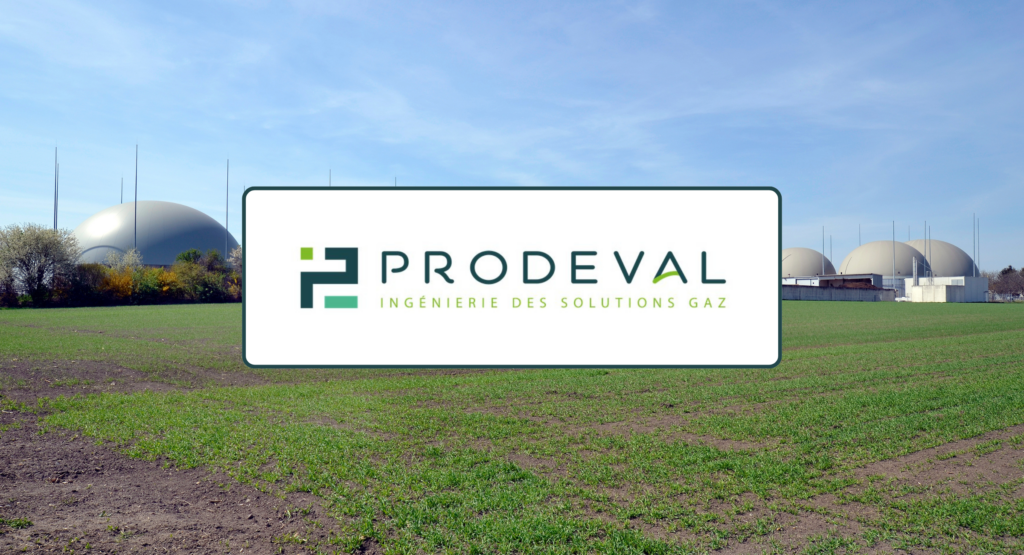
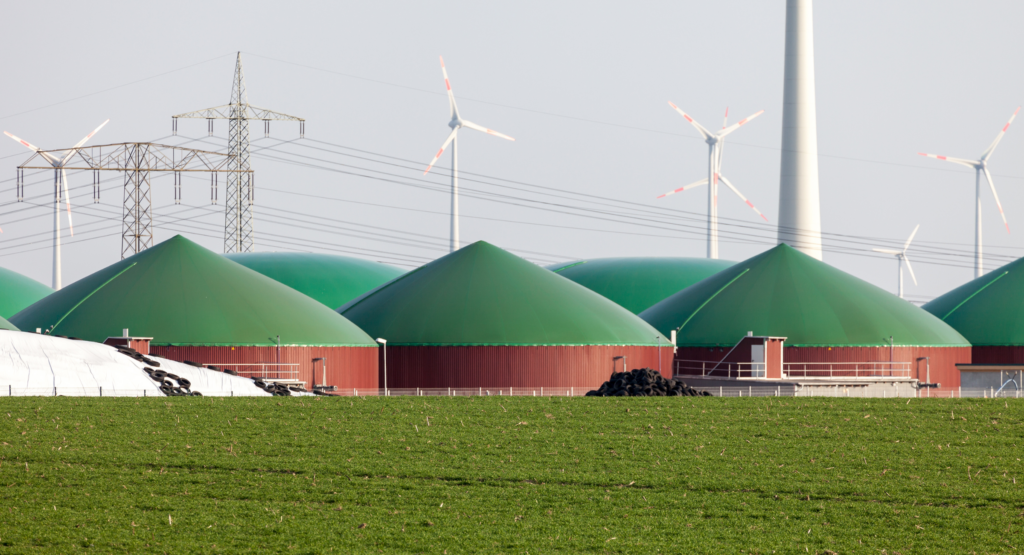
Comments